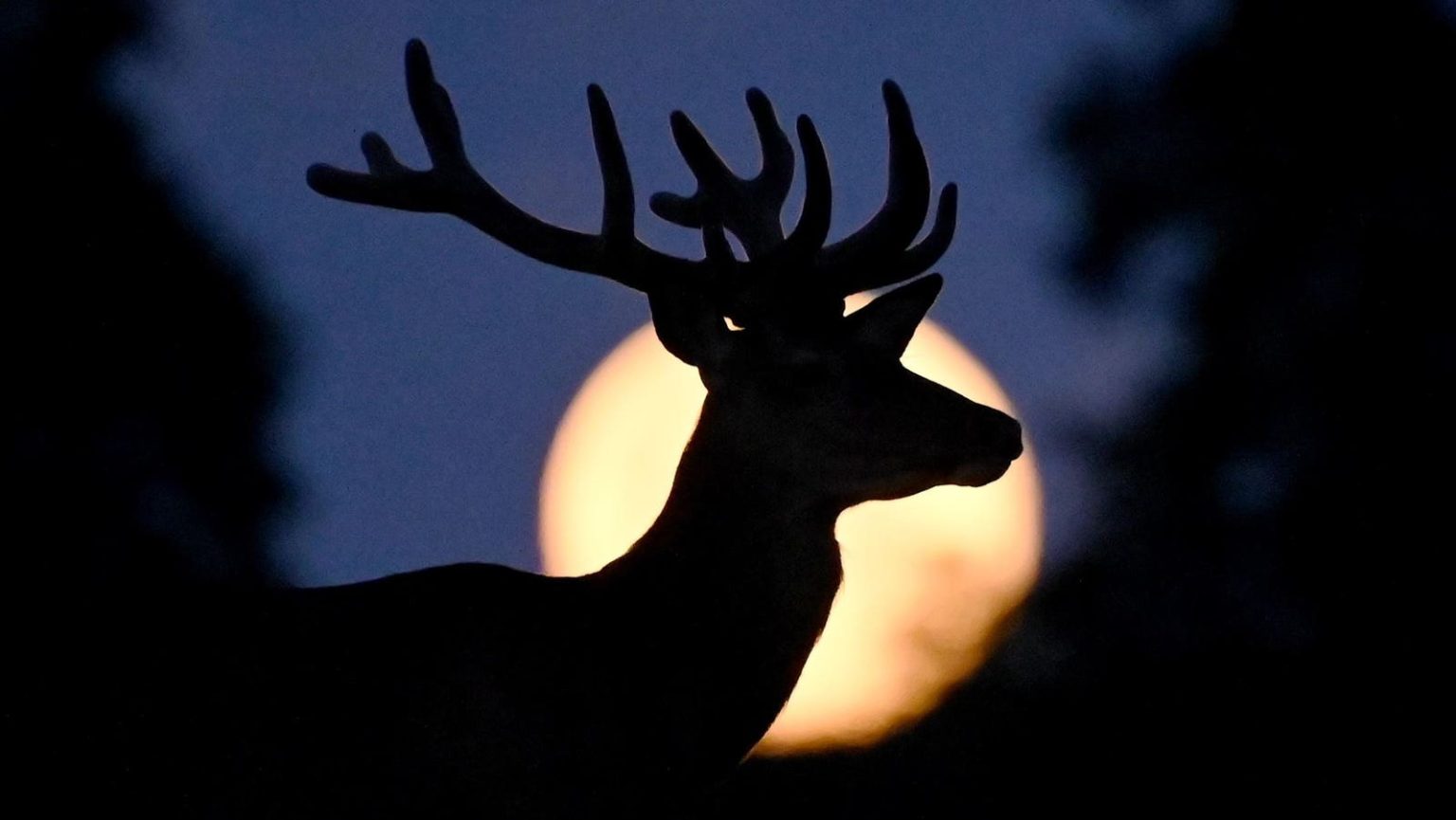The first of four so-called supermoons will rise next week—and it’s sure to be a fabulous sight.
The “Super Buck Moon” or “Buck Supermoon” is named after two phenomenons, one of them cultural and the other quasi-scientific.
‘Buck Moon’ Explained
July’s full “Buck Moon” is named after the growing of new antlers on male deer, something that takes place in the northern hemisphere during this month. Other popular names for July’s full moon include “Thunder Moon,” “Hay Moon” and “Wyrt Moon,” according to timeanddate.
‘Supermoon’ Defined
A supermoon is a full moon that appears larger and brighter than on average. In practice, it’s the extra brightness that’s most noticeable to experienced moon-gazers.
Supermoons occur because the moon’s distance from Earth varies throughout its orbit. That’s because its orbit is elliptical. The moon is closest to Earth at perigee and farthest at apogee. When a full moon coincides with perigee it’s called a supermoon. When the moon is at perigee it’s about 14% larger and 30% brighter than when it is at apogee.
There will be three other supermoons in 2023:
- August 1: Super Sturgeon Moon
- August 31: Super Blue Moon
- September 29: Super Harvest Moon
However, although it’s the first, the “Super Buck Moon” is the smallest supermoon of the four in 2023 at 361,934 kilometers from Earth.
Best Time To See The ‘Super Buck Moon’
A full moon is best viewed when it rises soon after sunset, so during dusk. Although the “Super Buck Moon” will officially be 100% illuminated at 6:40 a.m. EDT on Monday, July 3, the best time to view it will be moonrise where you are on the evening of Sunday, July 2:
Sunday, July 2, 2023
- In London sunset is at 9:21 p.m. BST and moonrise is at 9:14 p.m. BST.
- In New York sunset is at 8:31 p.m. EDT and moonrise is at 8:22 p.m. EDT.
- In Los Angeles sunset is at 8:08 p.m. PDT and moonrise is at 8:01 p.m. PDT.
It will also be worth having a look during dusk on Monday, July 3, when the full moon will rise into a darker sky a little less than an hour after sunset.
How to Watch a Full Moonrise
Although any pair of binoculars will get you a terrific close-up, you don’t need any extra equipment or knowledge to view a rising full moon.
Get to a place that has a good view facing east, preferably a couple of flights up so that you can see down to the horizon.
All you then need to do is be there at the right time to see the first glimpse of an orange orb appearing along the horizon.
Wishing you clear skies and wide eyes.
Read the full article here




